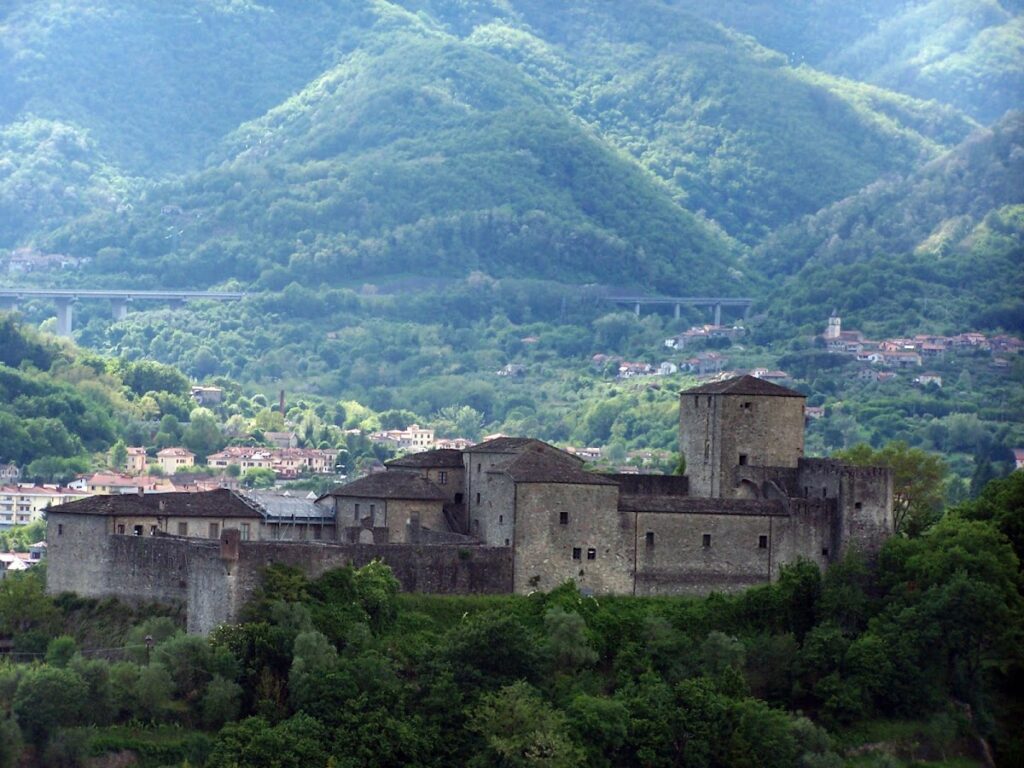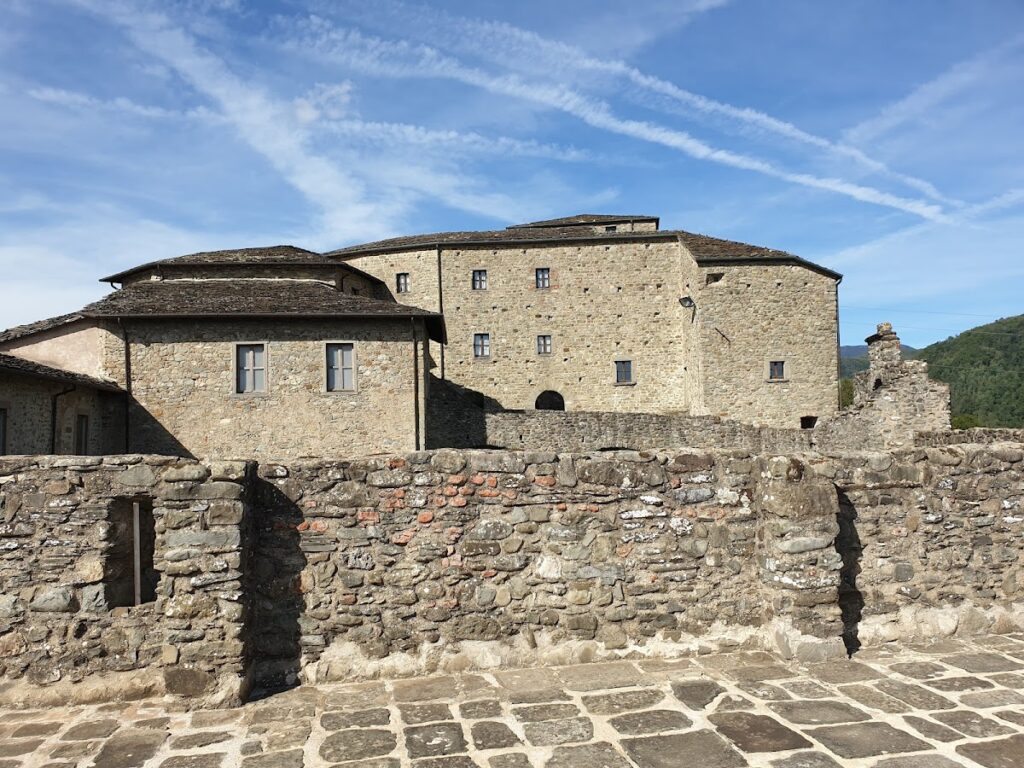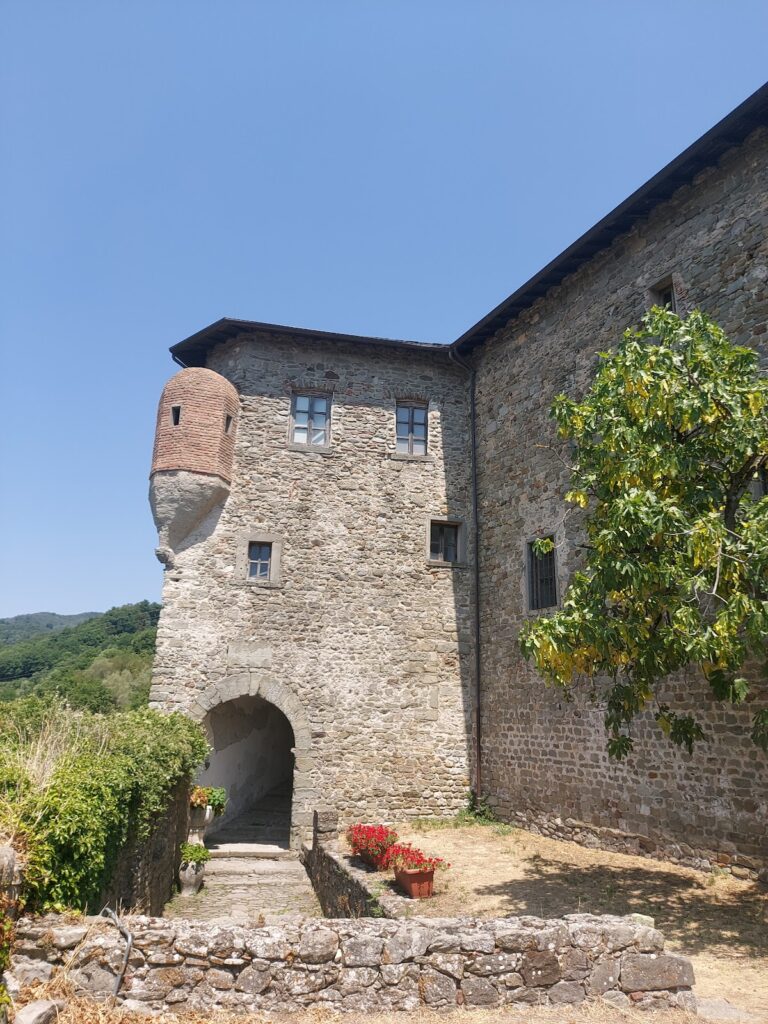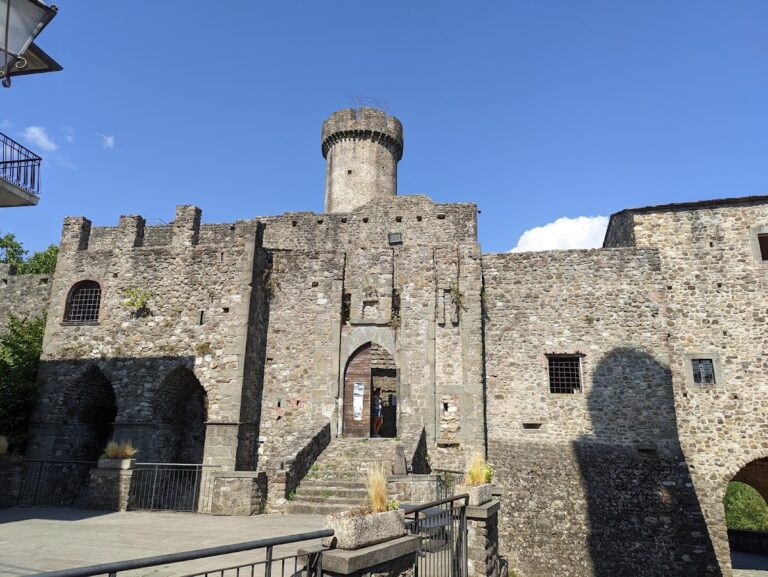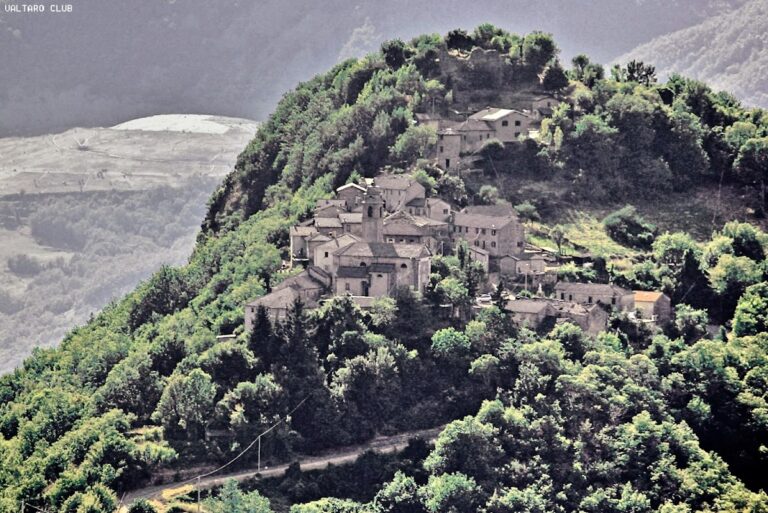Castello del Piagnaro: A Medieval Fortress in Pontremoli, Italy
Visitor Information
Google Rating: 4.5
Popularity: Medium
Google Maps: View on Google Maps
Official Website: castellodelpiagnaro.com
Country: Italy
Civilization: Unclassified
Remains: Military
History
Castello del Piagnaro stands on a hill above the town of Pontremoli in modern Italy. It was originally built in the early 11th century by the Adalberti family, who were of Lombard descent. Positioned strategically, the fortress was intended to oversee and control important communication routes, including the Via Francigena, an early medieval pilgrimage and trade road crossing the Apennines.
Throughout the medieval period, the castle played a central role in local defense alongside the town’s walls and towers. Its name is linked to the regional use of “piagne,” or sandstone slabs, which were commonly employed for roofing in Lunigiana, the historical territory including Pontremoli. The castle saw considerable violence during internal conflicts, notably suffering destruction in 1329 when a coalition of Guelph and Ghibelline factions united against the unpopular local vicar representing the emperor Louis of Bavaria.
Following this event, the fortress underwent several phases of rebuilding and strengthening. During the 17th and 18th centuries, its defenses were updated, and it continued to hold a military function well into the late 18th century. In 1790, Grand Duke Leopold II notably ordered that the castle’s last remaining cannon be given to the local municipality to be melted down for use as a civic bell, signaling a transition away from its role as a frontline military structure.
In the 19th century, the castle served administrative purposes as the residence of a military governor and also functioned as barracks. Later, it transformed into housing for impoverished families, developing a reputation as a marginalized neighborhood or ghetto in the early 1900s. Since 1975, the lower section of the fortress has been dedicated to cultural preservation, housing the Museum of Lunigiana Stele Statues following thorough restoration efforts. The Castello del Piagnaro is presently part of a regional association connecting historic castles within the duchies of Parma, Piacenza, and Pontremoli.
Remains
The Castello del Piagnaro is composed of several structures arranged across a hillside. Its construction incorporates sandstone slabs native to the region, which have historically been used in local building practices, particularly for roofs, and inspired the fortress’s name.
The oldest extant part of the castle is a semicircular tower on the northern side, dating back to the 15th century. This tower stands as a visible reminder of the castle’s medieval defensive architecture. Moving toward the center of the complex, the current main entrance opens onto a large rear courtyard. This area, shaped by extensive 17th and 18th-century renovations, includes a well of ancient origin, indicating sustained use and adaptation over the centuries.
A staircase within the courtyard provides access to an elevated terrace that offers views across the valley and the town below, suggesting a vantage point used for surveillance and control during the castle’s active military phase. Lower down the hillside, a separate complex comprises buildings with a functional, barracks-like appearance. These housed soldiers and supported the castle’s military operations, especially during the later historical periods when the fortress served as a military governor’s seat.
Extensive restorations beginning in the mid-1970s have preserved much of the castle’s fabric, allowing both the interior and exterior to retain their historical character while accommodating modern cultural uses. The layering of architectural elements from medieval towers through early modern adaptations reveals the site’s long and varied history as a defensive stronghold and local administrative center.
